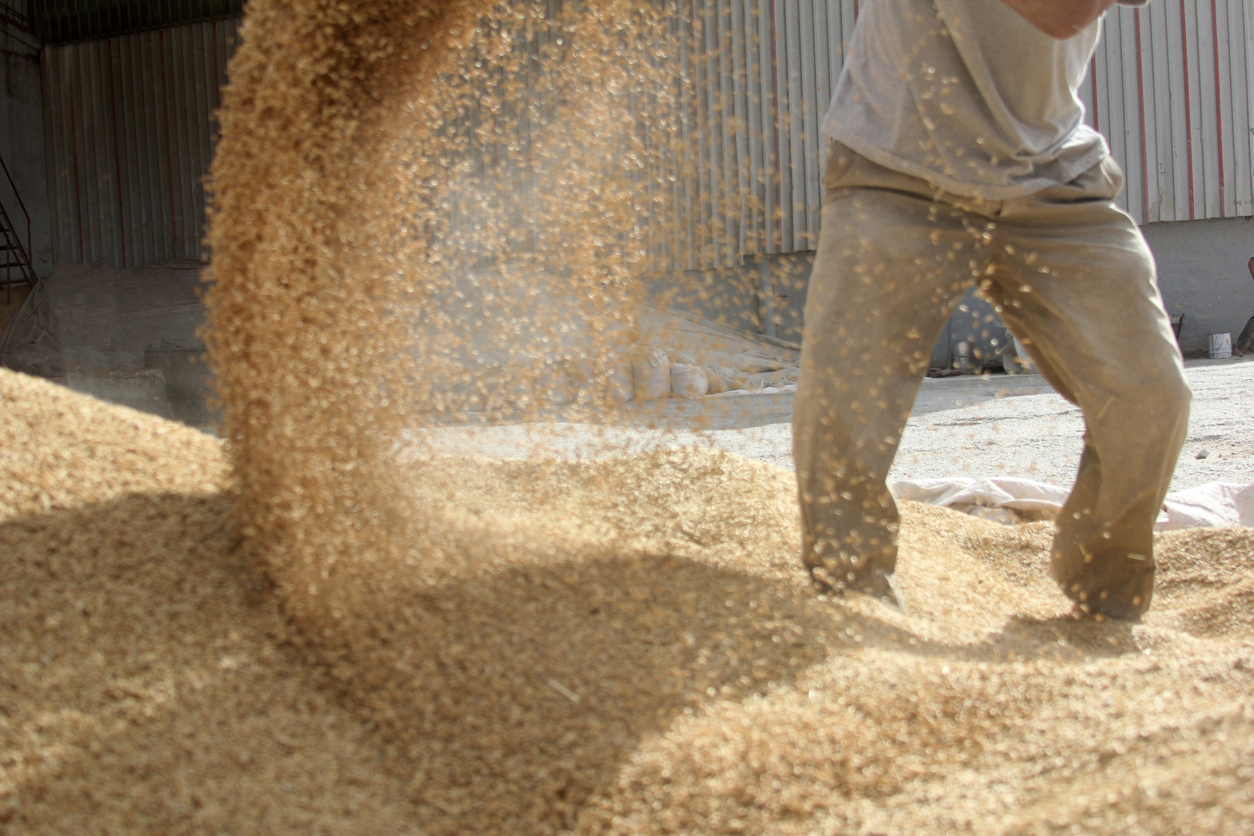
Researchers Develop Astaxanthin-rich Maize
September 15, 2021| |
Scientists from the Chinese Academy of Agricultural Sciences reported a new strategy for production of astaxanthin in maize. Their findings are published in the Plant Biotechnology Journal.
Astaxanthin, commonly produced by marine microalgae, is economically important in food and feed due to its strong antioxidant activity and color. The research team selected maize as a platform to produce astaxanthin by enhancing how carotene is produced in maize plants. They used regulated ‘source-flux-sink' strategy by simultaneously providing sufficient phytoene as substrates, adjusting metabolic knot to enforce beta-carotene pathway, and choosing enzymes of three origins: the phytoene synthase gene (ZmPSY1) from maize and the phytoene desaturase gene (PaCrtI) from Pantoea ananatis were combined with three pairs of beta-carotene hydroxylase genes and beta-carotene ketolase genes from a flowering plant, an alga and a yeast, respectively.
These steps significantly increased the production of astaxanthin in maize seeds to generate diverse astaxanthin-rich maize events. Furthermore, the bidirectional promoter facilitates to generate compact vectors in size and make synchronism of the paired genes' expression. A feeding trial involving laying hens showed that the astaxanthin-rich maize seed could be used as a reliable source of astaxanthin as microalgae for the feed industry.
For more findings, read the research article in Plant Biotechnology Journal.
| |
You might also like:
- Defra Allows Field Trial of GM Camelina in Rothamsted
- Researchers Engineer White Maize for Astaxanthin Production
- Scientists Engineer Maize to Produce Astaxanthin
Biotech Updates is a weekly newsletter of ISAAA, a not-for-profit organization. It is distributed for free to over 22,000 subscribers worldwide to inform them about the key developments in biosciences, especially in biotechnology. Your support will help us in our mission to feed the world with knowledge. You can help by donating as little as $10.
-
See more articles:
-
News from Around the World
- Researchers Sequence Shea Tree Genome to Support Breeding, Conservation Efforts
- Asian Regional Workshop on Current and Upcoming Items under the CBD and its Protocols
- Genetically Engineered Soybeans Produce Cow-less Cheese
- Label Information Increases Purchase Appeal of GM Foods -Study
- Study Shows Filipino Biotech and Organic Farmers Open to Co-Existence
- Filipino Scientist Identifies Gene to Help Rice Plants Survive Drought
-
Research Highlights
- Researchers Develop Astaxanthin-rich Maize
-
Plant
- Scientists Use CRISPR to Target Disease Spread from Mosquitoes
- BLB-resistant Vietnamese Rice Developed Using CRISPR-Cas9
- Researchers to Use Gene-editing Technology to Incite Crop Regeneration
- MIT Experts Find Programmable Gene Editing Proteins outside of CRISPR Systems
- Nigeria Moots for a Multidisciplinary Approach to Genome Editing
-
Read the latest: - Biotech Updates (April 24, 2024)
- Gene Editing Supplement (April 24, 2024)
- Gene Drive Supplement (February 22, 2023)
-
Subscribe to BU: - Share
- Tweet

